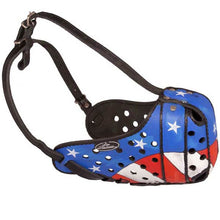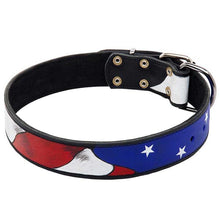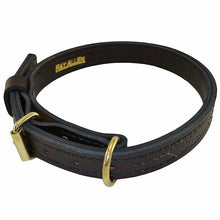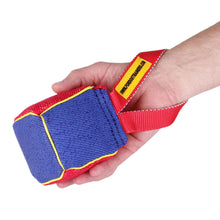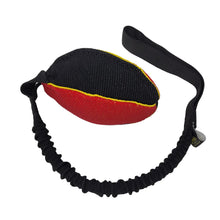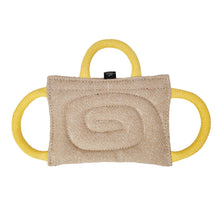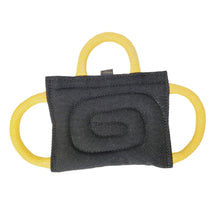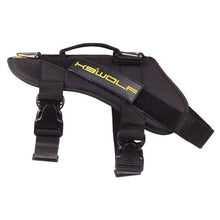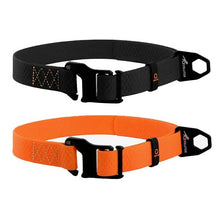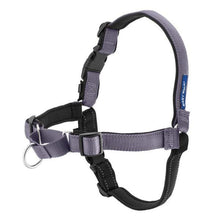How To Trim Your German Shepherd Dog’s Nails
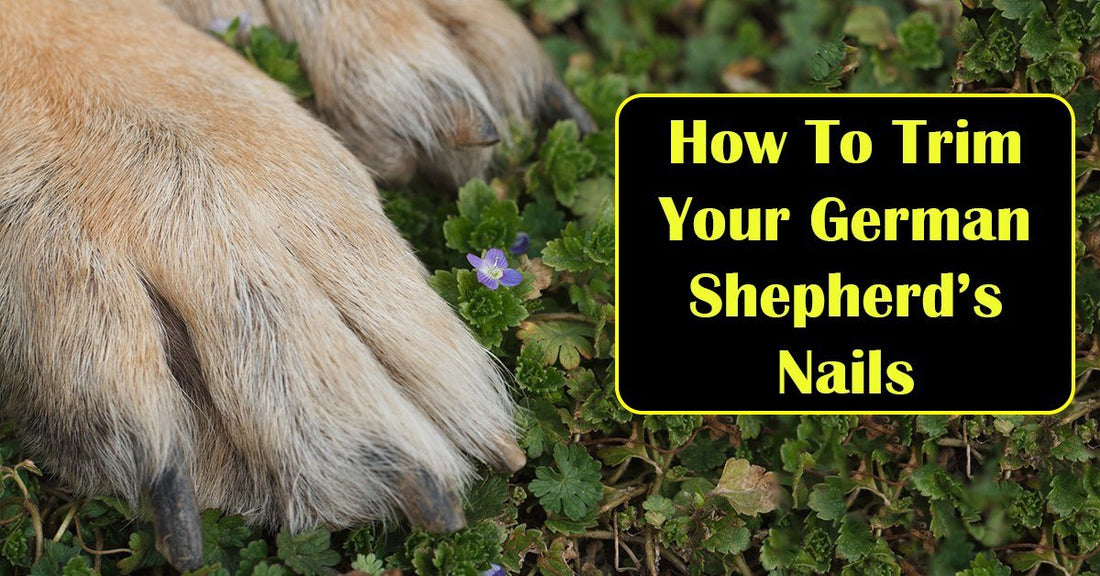
Trimming your dog’s nails is an important part of their grooming. Many dog owners get nervous about cutting their dog’s nails and some dogs just don’t like nail trims.
Since keeping your dogs nails well groomed helps prevent injuries and other problems, knowing how to trim your dog’s nails is valuable, even if you plan to have it done professionally.
About your dog’s nails
Before trimming your dog’s nails, it’s helpful to know more about them. A dog’s nails are constantly growing, just like human nails. They often wear down by running and playing but hours spent indoors may allow them to grow too long.
The nails of dogs and humans are similar as both are made of keratin. Keratin is the “fibrous structural protein of hair, nails, horn, hoofs, wool, feathers, and of the epithelial cells in the outermost layers of the skin.” The keratin itself does not contain nerves or blood vessels but unlike human nails, canine nails contain nerves and blood vessels, called the “quick” that extends to the end of the nail.
The quick is sensitive and will bleed if cut too close. Along with bleeding, it can cause pain and is at risk of infection if cut to close or if the dog breaks a nail. For these reasons, it’s important to avoid accidently cutting the quick when trimming your dog’s nails.
Another thing that makes nail trims on dogs more difficult than humans is that dogs have different color nails. Canine nails come in a variety of shades of black, brown, and white. Sometimes the quick can be seen in dogs with lighter colored nails, but is nearly impossible to see in dark nails.
Another benefit of being familiar with your dog’s nails is that some nail changes can signify a health problem that should be brought to the attention of your vet. These health problems can range from simple to serious and include bacterial and fungal infections, immune system diseases, trauma, neoplasia, and even cancer. Nails that go untrimmed can cause discomfort and even disfigurement.
When to trim your dogs nails
If your dog’s nails are scraping the ground or you can hear them tapping on the floor, it’s time to trim their nails. You may be able to help naturally file your dog’s nails by taking your dog for walks on concrete. Running and playing outside will also help keep nails filed down naturally. Dogs that have naturally short nails rarely need trims and their quicks are more naturally receded in their nails.
How to trim your dog’s nails
- Choose the best nail clipper. For larger dogs, such as German Shepherds, a Millers Forge Nail Clippers or scissor type clippers are recommended because they are larger and exert more force than guillotine style clippers. There are also Millers Forge Nail Clippers For Puppies that are great for smaller nails. A grinding tool is also handy for filing rough spots or keeping nails filed short before they need trimming.
- Position your dog’s nail. Firmly but gently grasp your dog’s paw and hold one toenail with the hair pulled back so that you can easily make the cut 2 – 3 millimeters from the bottom of the nail. Place your thumb on the pad and your forefinger on the toe, above the nail. Push your thumb slightly up while pushing your forefinger forward to extend the nail.
- Trim only the end of the nail (the hook like part/natural curve that points strait down) straight across. Keep the cut below the natural curve and cut only the end of the nail to avoid cutting the quick. File any rough edges.
- If you cut too much and the nail bleeds, don’t panic. Apply blood stop powder (this will burn), flour or even sugar to stop the bleeding.
Training your dog to be comfortable with having their paws handled will go far in making it easier to trim their nails. Ideally, this training should begin when they are a young puppy.
By keeping your dog’s nails trimmed, the quick will naturally recede. For dogs with little grooming or very overgrown nails, you might want to have them trimmed by a vet the first time.
You may also like: How To Clean Your Dog's Ears At Home




